Manipur, often referred to as the “Jewel of India,” is a state in the northeastern region of the country, brimming with natural beauty, cultural heritage, and unique attractions. Here are the top 10 places to visit in Manipur, along with a detailed description of each:
Table of Contents
1. Loktak Lake

Loktak Lake, located in Manipur, India, is the largest freshwater lake in Northeast India and a breathtaking natural wonder. Known for its floating islands, called phumdis, the lake is home to the Keibul Lamjao National Park, the world’s only floating national park, which shelters the endangered Sangai deer. The lake plays a vital role in Manipur’s economy, supporting fishing, irrigation, and hydropower generation. Its serene waters, lush surroundings, and rich biodiversity make it a paradise for nature lovers and birdwatchers. Visitors can explore Sendra Island, enjoy boating, and witness the unique ecosystem that thrives here. Loktak Lake is not just a scenic retreat but also a cultural and ecological treasure, deeply connected to the traditions of the local communities.
2. Keibul Lamjao National Park
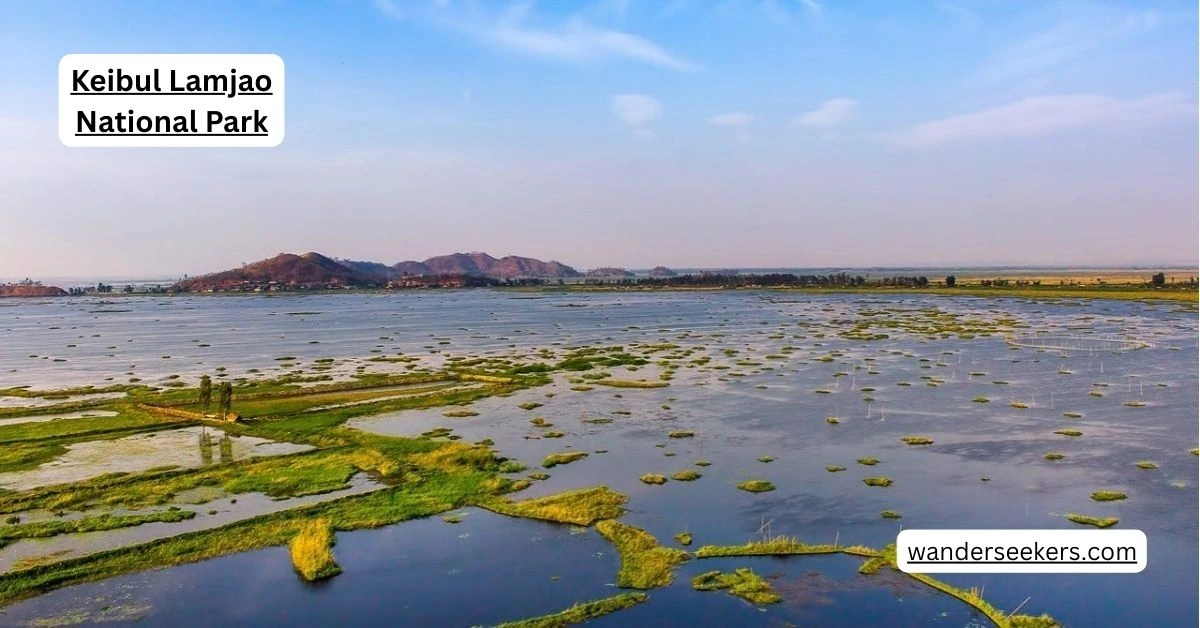
Keibul Lamjao National Park, located in Manipur, India, is the world’s only floating national park. Spread over 40 sq. km, it is an integral part of Loktak Lake, known for its phumdis—floating masses of vegetation that create a unique ecosystem. The park is the last natural habitat of the endangered Sangai deer, also called the dancing deer due to its graceful movements on the spongy terrain. It is home to diverse wildlife, including wild boars, hog deer, and migratory birds. Declared a national park in 1977, Keibul Lamjao is a UNESCO tentative World Heritage Site, attracting nature lovers and conservationists. Visitors can explore its wetlands, boat through Loktak Lake, and witness the rare Sangai deer in its natural habitat.
3. Kangla Fort
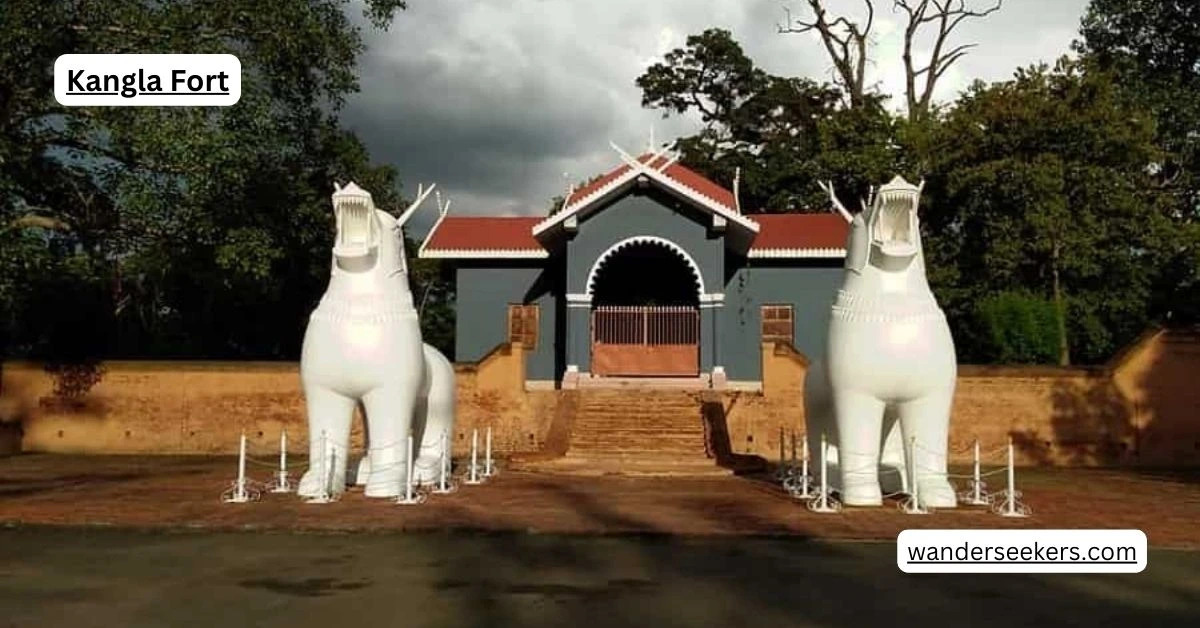
Kangla Fort, located in Imphal, Manipur, is a historic site that once served as the royal palace of the Manipuri kings. It was the political and spiritual center of the kingdom, witnessing centuries of rule, battles, and cultural evolution. The fort, surrounded by the Imphal River, features ancient temples, sacred sites, and traditional Meitei architecture. The Kangla Sha dragons, standing at the entrance, symbolize power and protection. The fort played a crucial role in the Anglo-Manipur War of 1891, marking a turning point in Manipur’s history. Today, Kangla Fort is a heritage site, offering visitors a glimpse into Manipur’s glorious past. Its serene gardens, historical ruins, and cultural significance make it a must-visit destination. Whether exploring its royal corridors or learning about its legends, Kangla Fort remains a symbol of pride and resilience.
4. Shree Govindajee Temple
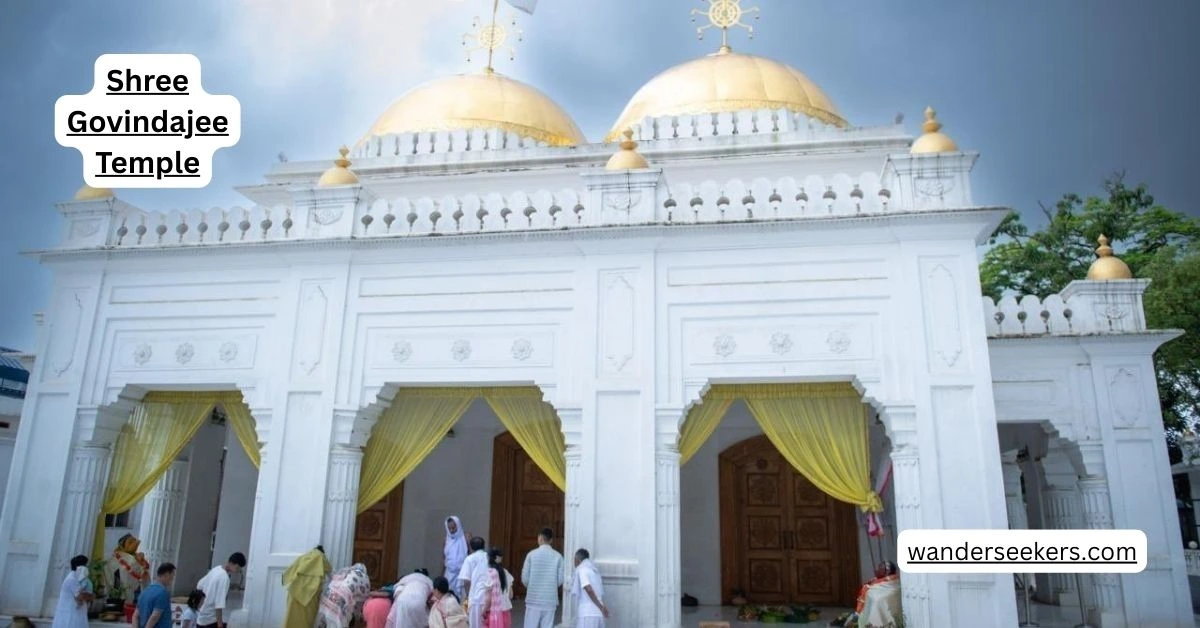
Shree Govindajee Temple, located in Imphal, Manipur, is the largest Vaishnava temple in the region, dedicated to Lord Krishna and Radha. Built-in 1846 by Maharaja Nara Singh and later rebuilt in 1876 by Maharaja Chandrakriti, the temple holds deep spiritual significance for devotees. The temple’s twin golden domes, spacious courtyard, and grand mantapa (prayer hall) create a serene atmosphere for worship. Inside, the sanctum houses Govindaji, flanked by Balabhadra, Krishna, Jagannath, and Subhadra, reflecting the rich Vaishnavite traditions. Shree Govindajee Temple is a hub of devotional activities, especially during Janmashtami and Rath Yatra, when thousands gather to celebrate. Located near the Royal Palace, it remains a cultural and religious landmark in Manipur.
5. Manipur State Museum

Manipur State Museum, located in Imphal, Manipur, is a treasure trove of history, culture, and art. Established in 1969, it showcases a rich collection of ethnological, archaeological, and natural history exhibits. The museum houses ancient manuscripts, tribal ornaments, traditional textiles, and royal artifacts, offering a glimpse into Manipur’s glorious past. One of its most fascinating displays is the Hiyang Hiren, a 78-foot-long royal boat, once used by Manipuri kings. The ethnological gallery highlights the diverse traditions of Meitei and tribal communities, while the archaeological section features rare sculptures and relics. Visitors can explore exhibits on Manipuri warfare, polo saddlery, and indigenous crafts, making it a must-visit for history enthusiasts. With its educational programs and cultural workshops, the museum plays a vital role in preserving Manipur’s heritage.
6. Dzukou Valley
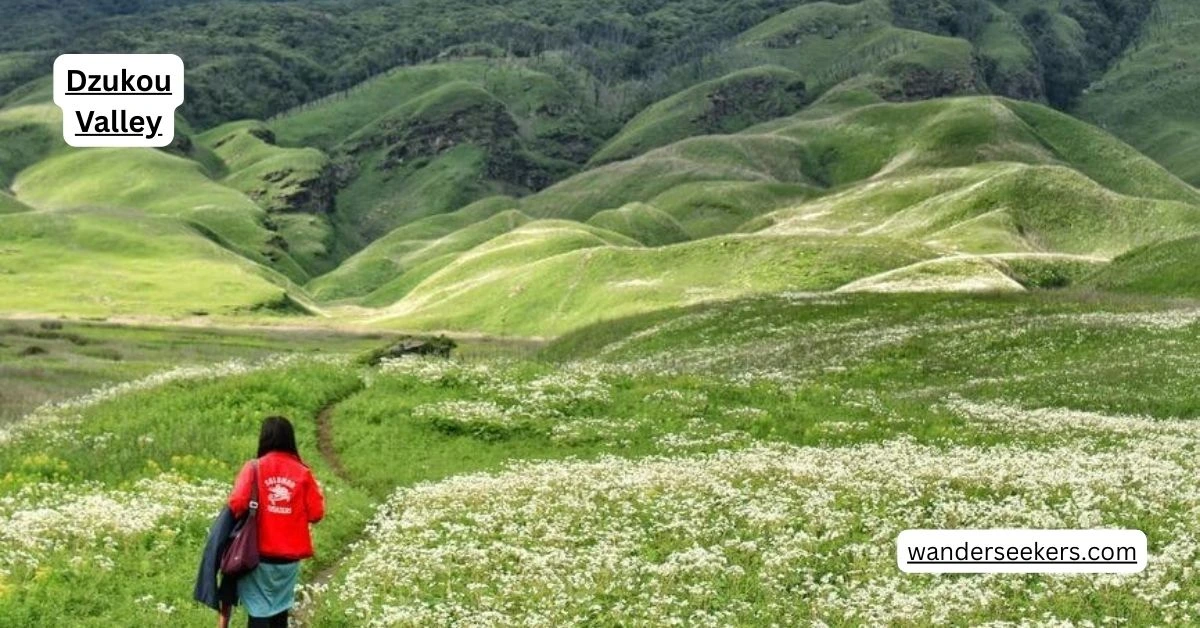
Dzukou Valley, nestled between Nagaland and Manipur, is a breathtaking paradise known for its rolling green hills, seasonal wildflowers, and serene landscapes. Sitting at an altitude of 2,452 meters, it offers panoramic views, crystal-clear streams, and untouched natural beauty. Often called the “Valley of Flowers of the Northeast,” Dzukou is famous for the rare Dzukou Lily, which blooms in summer, painting the valley in shades of pink and white. The valley is a haven for trekkers and nature lovers, with trails leading through dense forests, bamboo groves, and misty meadows. Visitors can explore Japfu Peak, enjoy camping under the stars, and experience the tranquil silence that makes Dzukou a perfect escape from city life. Whether you seek adventure or solitude, this valley promises an unforgettable experience.Dzukou Valley is a haven for trekkers and nature enthusiasts, offering trails that lead through bamboo thickets and lush forests.
7. INA Museum
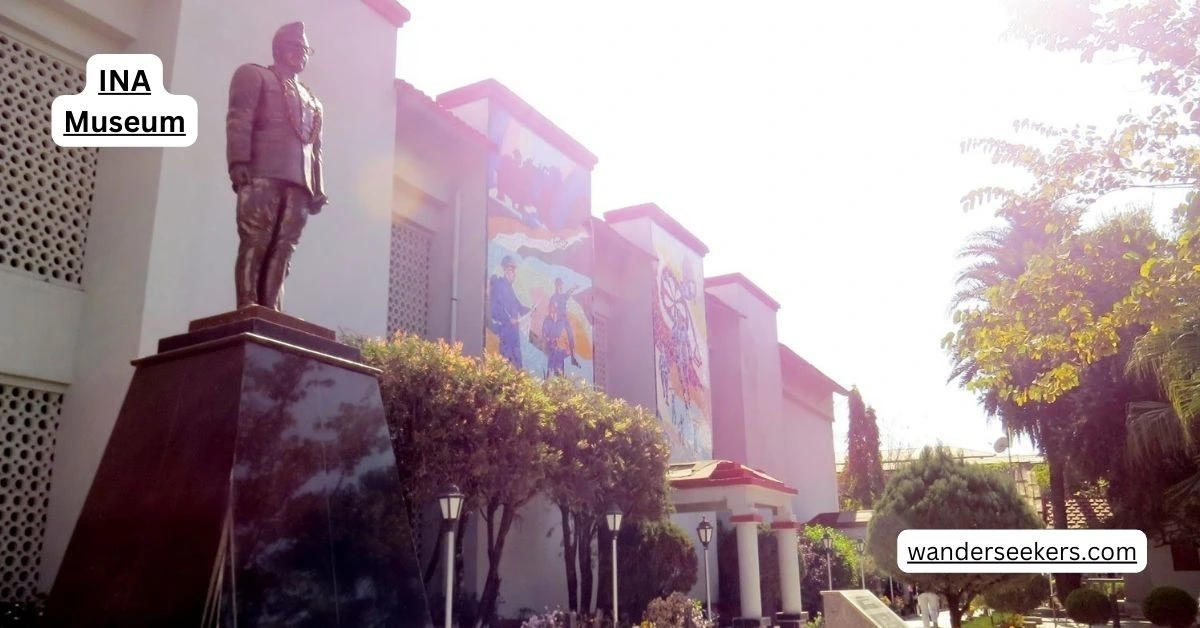
The INA Museum, located in Moirang, Manipur, is a tribute to the Indian National Army (INA) and its role in India’s freedom struggle. It stands on the historic grounds where Netaji Subhas Chandra Bose hoisted the INA flag in 1944, marking a significant moment in India’s fight for independence. The museum houses photographs, documents, weapons, and uniforms used by INA soldiers, offering a glimpse into their bravery and sacrifices. Visitors can see letters, maps, and rare artifacts that narrate the story of the INA’s journey. Surrounded by lush greenery, the museum also features a war memorial, honoring the soldiers who fought alongside Netaji. It serves as an educational and inspirational site, reminding visitors of India’s struggle for freedom. With its historical significance and patriotic essence, the INA Museum is a must-visit for history enthusiasts.
8. Imphal War Cemetery
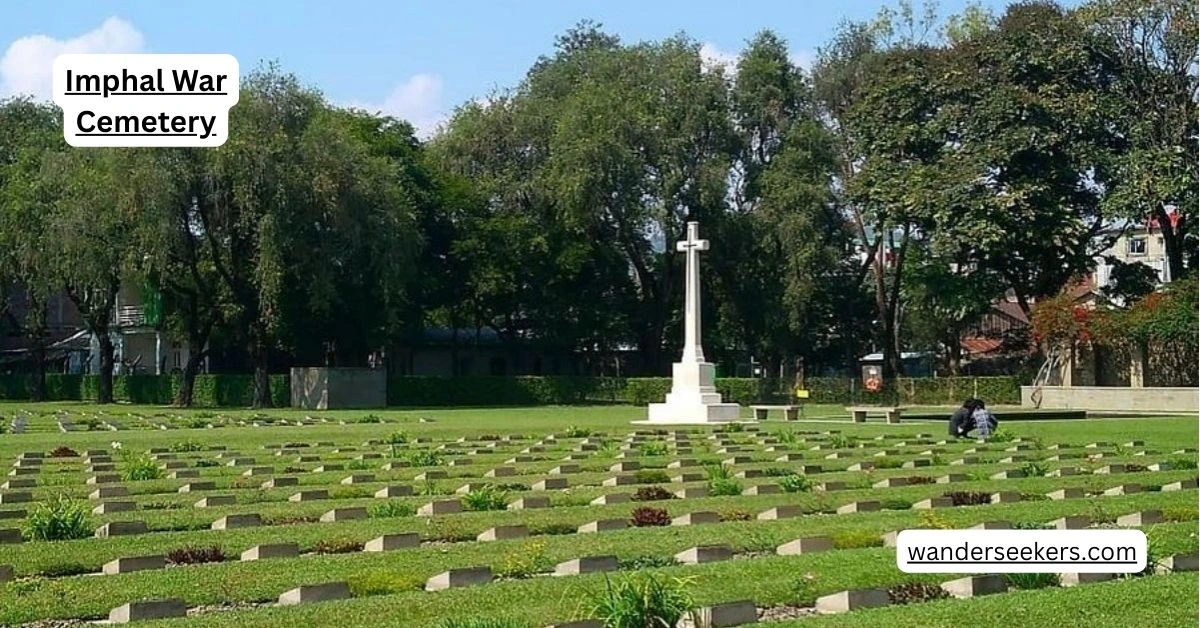
Imphal War Cemetery, located in Imphal, Manipur, is a solemn memorial honoring the British and Indian soldiers who lost their lives during World War II. Managed by the Commonwealth War Graves Commission, it holds 1,600 graves, many belonging to those who fought in the Battle of Imphal (1944). The cemetery is serene and well-maintained, with stone markers and bronze plaques commemorating the fallen heroes. It stands as a symbol of sacrifice and resilience, attracting visitors who come to pay their respects and reflect on history. Surrounded by lush greenery, the site offers a peaceful atmosphere, making it a significant landmark in Manipur’s wartime heritage. Whether you are a history enthusiast or a traveler, Imphal War Cemetery provides a moving experience, reminding us of the bravery and sacrifices of those who fought for freedom.
9. Ema Keithel (Mother's Market)
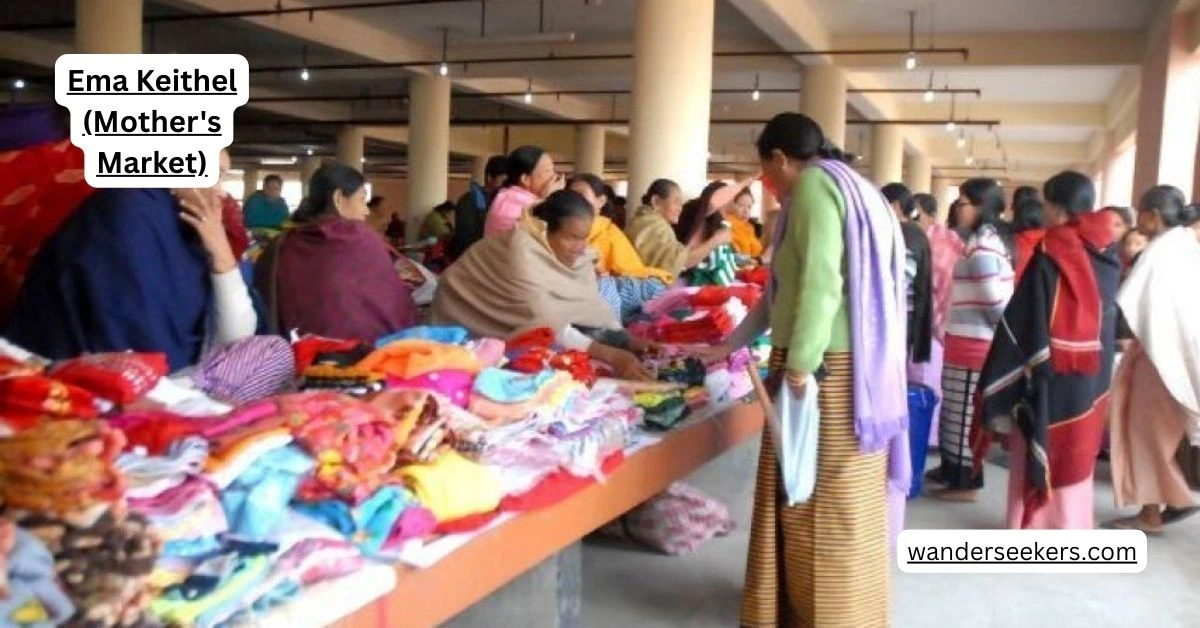
Ema Keithel, also known as Mother’s Market, is a unique and historic marketplace in Imphal, Manipur, run entirely by women. Established over 500 years ago, it is the largest all-women market in Asia, with around 5,000 women vendors selling a variety of goods, including handloom textiles, handicrafts, fresh produce, and traditional spices2. The market is divided into sections, each specializing in different products, creating a vibrant hub of commerce and cultural exchange. It has played a significant role in women’s empowerment, allowing Manipuri women to be financially independent and actively involved in trade. Beyond business, Ema Keithel has been a center for social and political movements, including protests against colonial rule. It remains a symbol of resilience and tradition, attracting visitors eager to experience its rich heritage and bustling atmosphere.
10. Ukhrul
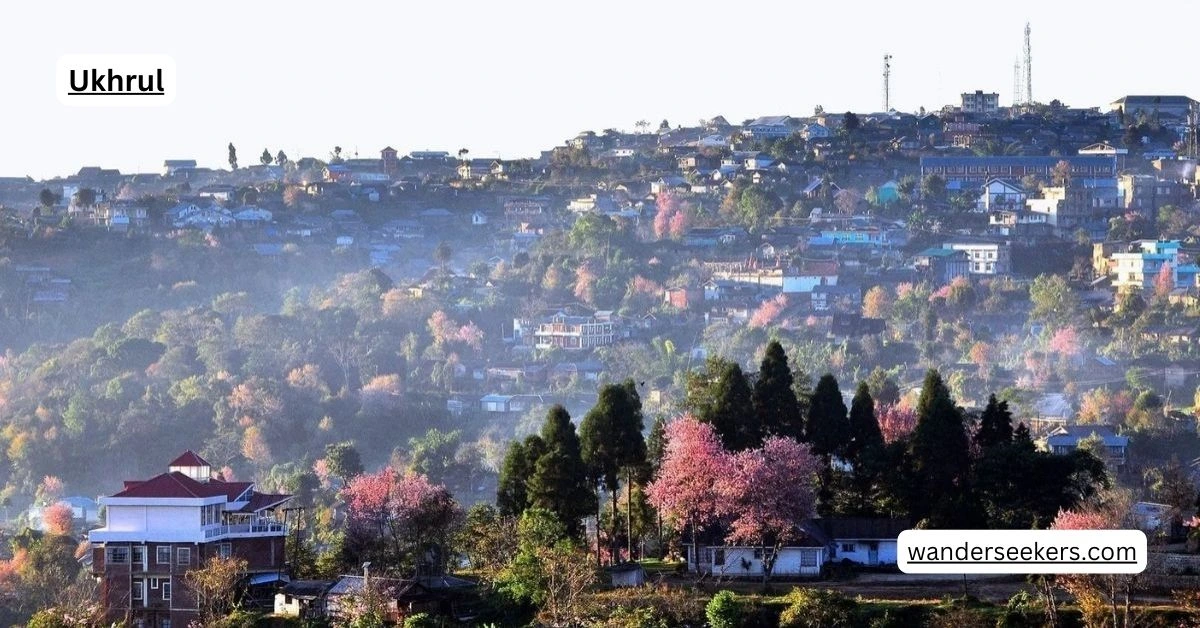
Ukhrul, a picturesque town in Manipur, India, is known for its breathtaking landscapes and rich cultural heritage. Nestled in the hills, it is home to the Tangkhul Naga tribe, who have a vibrant tradition and unique customs. The town is famous for the Shirui Lily, a rare flower that blooms only on the Shirui Kashung Peak. Ukhrul is about 83 km from Imphal, connected by National Highway 150. The Tangkhuls have a distinct language, attire, and folk dances, reflecting their deep-rooted traditions3. The Khangkhui Cave, an ancient archaeological site, adds to the town’s historical significance. Ukhrul’s serene environment, lush greenery, and warm hospitality make it a must-visit destination for nature lovers and cultural enthusiasts alike. Whether exploring its scenic beauty or engaging with its rich heritage, Ukhrul offers an unforgettable experience.
Conclusion
Each of these destinations offers a unique experience, showcasing the diverse culture, history, and natural beauty of Manipur. If you’d like, I can expand on any of these places or help you plan an itinerary!
